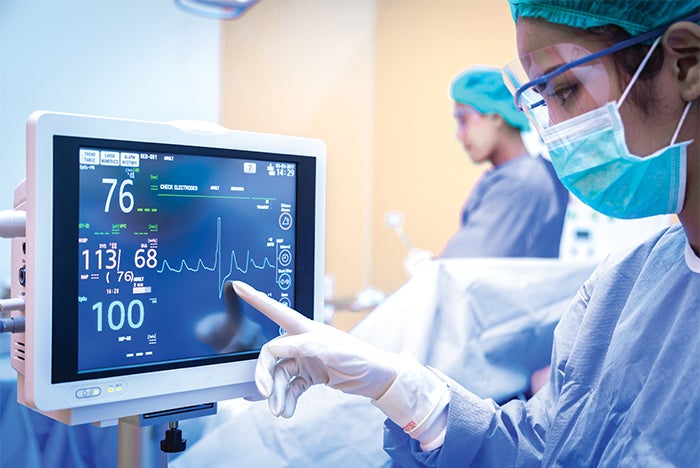Engaging a multidisciplinary team in medical equipment acquisition

It is important to involve nursing education to ensure that all clinical staff who will be using the new equipment are trained.
Image from Getty Images
Although every medical equipment acquisition varies, it is important to have a multidisciplinary group of hospital leaders engaged when deciding to bring in new technology.
First and foremost, the hospital’s health care technology management (i.e., clinical or biomedical engineering) department should always be involved in the acquisition because it supports and maintains all medical equipment that enters the hospital and usually is the first department called when equipment goes down.
Other key departments include information technology, health information management (HIM), facilities, environmental services, nursing, nursing education, patient safety, infection prevention, central sterile supply and materials management as well as equipment vendors, architects and group purchasing organizations.
While this list of players may seem lengthy, most health technologies are no longer simple or stand alone. With the advent of big data and the “internet of things,” most health technology is networked and pushes data to other systems, resulting in cybersecurity and connectivity concerns.
If a new device is pushing data to the electronic health record, involving HIM in the acquisition process is vital because this department needs to ensure that all results and coding properly arrive in their systems so they can code and bill. Far too often, back-end processes such as these are not considered early in technology procurement.





